No products in the basket.
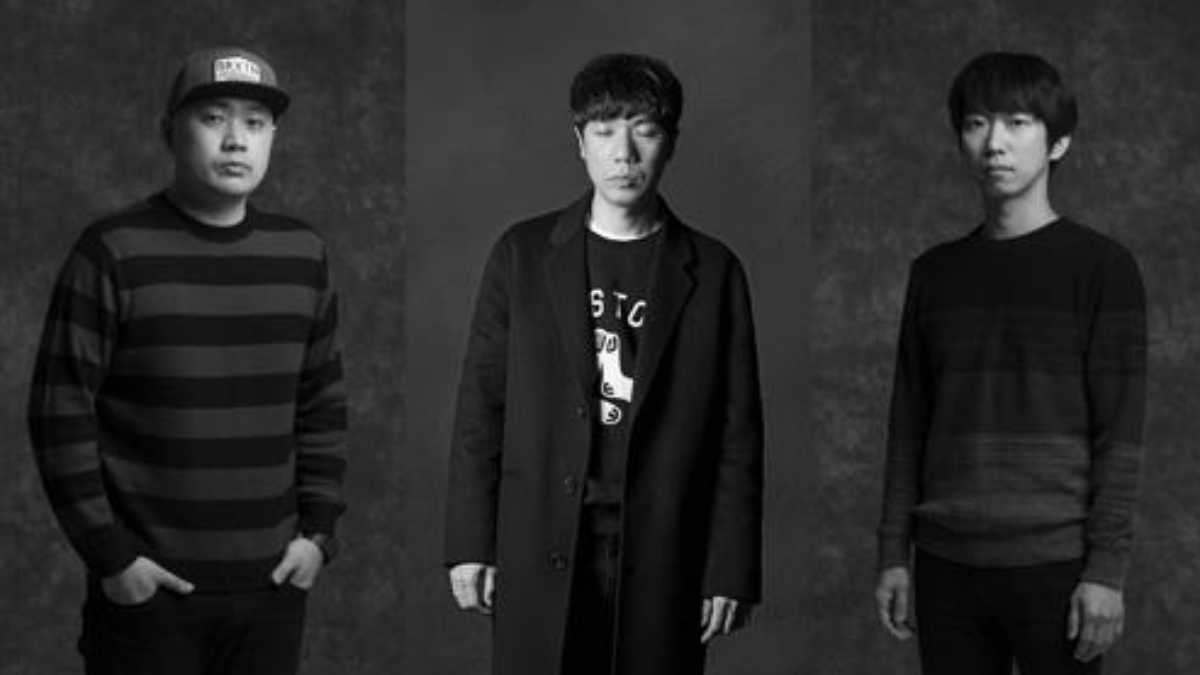

For this week’s Ode To The Artist, we’re going back in history a bit with Sister’s Barbershop.
The rock band Sister’s Barbershop was active from 1993 to 2017 when they officially disbanded. The beginning of the group is rather interesting.
Beginning
Lee Seok-Won, the founder put up a post on a notice board in 1993 that he was the leader of a band called Sister’s Barbershop, despite not playing an instrument or the band in fact existing. He created such an elaborate lie because he created an online chat where he criticized a lot of contemporary musicians. He feared that if they met up in real life, people would find out he wasn’t a musician. The name originates from a Japanese adult movie he’d seen.
He even appeared on a KBS Radio Show and managed to recruit some people for the band who also didn’t know how to play instruments, like Ryu Hangil and Ryu Gideok. The fourth member Yoon Byung-joo who Lee Seok-Won met in his record store was an actual musician and encouraged Lee Seok-Won to start playing an instrument.
Debut
In those times it wasn’t very common for bands to make their own music as opposed to just playing covers. Sister’s Barbershop had their first live stage in 1995.
In 1996 the band released their first album ‘Pigeon is a rat in the sky’. This album was a success with both critics and listeners. It brought alternative rock to the Korean indie music scene. However the next couple of years proved rather hard for the band as a lot of members left and a lot of new ones came and went.
Here’s their title track ‘Poo-Hut’.
The 1998 album ‘Reminiscences’ failed to get critics’ approval and Lee Seok-Won ended up alone again after several member changes. The band went into a three year hiatus after the harsh criticism and commercial failure.
However, after some time the album seemed to grow a second pair of legs. People were appreciating the melodies more and changed their mind on their initial reaction. Lee Seok-Won performed at a couple of concerts, but eventually returned to his office job.
Break
There was originally no intention to create a third album, but Lee Seok-Won’s dog needed surgery. So he signed a contract to pay for it. He teamed up with Ryu Hangil, Jeong Mu-jin, Lee Neung-ryong and Jeon Dae-jeong to start working on ‘Pop Song of the Dream’ which came out in 2002. Sadly the dog passed away.
In 2003, a long time supporter and friend of Lee Seok-Won passed away. The album ‘Believe in the moment’ was created in his honour.
After that fourth album all the members left again. However, a couple of years later in 2008, they were back to release their next album ‘Most Extraordinary Existence’. This album won Album Of The Year and Best Modern Rock Album at the Korean Music Awards.
Last album and disbandment
In 2006 they released their last album ‘People Who Stay Alone’.
In the end the band disbanded in 2017 after releasing a re-mastered version of their first two albums, with the three last members; Lee Seok-Won, Lee Neung-ryong and Jeon Dae-jeong.
Sister’s Barbershop has undoubtedly changed the Korean indie scene with their self-written and self-composed music. Despite the many member changes, the band had a solid fanbase and they released some brilliant music. If you’re into Korean rock at all, definitely go check them out as they were major inspirations behind groups we have today like Jannabi, JAURIM, Thornapple and many more.
I found the English translations for the songs ‘Most Ordinary Existence’ and ‘Unexpected Truth’ which I recommend checking out to get an understanding of the lyrical quality of the music.
You can find Sister’s Barbershop on Spotify here.
What’s your reaction?
Love0
Sad0
Happy0
Angry0
Wink0






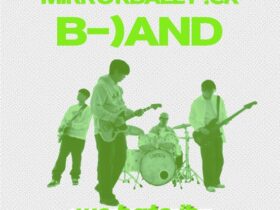
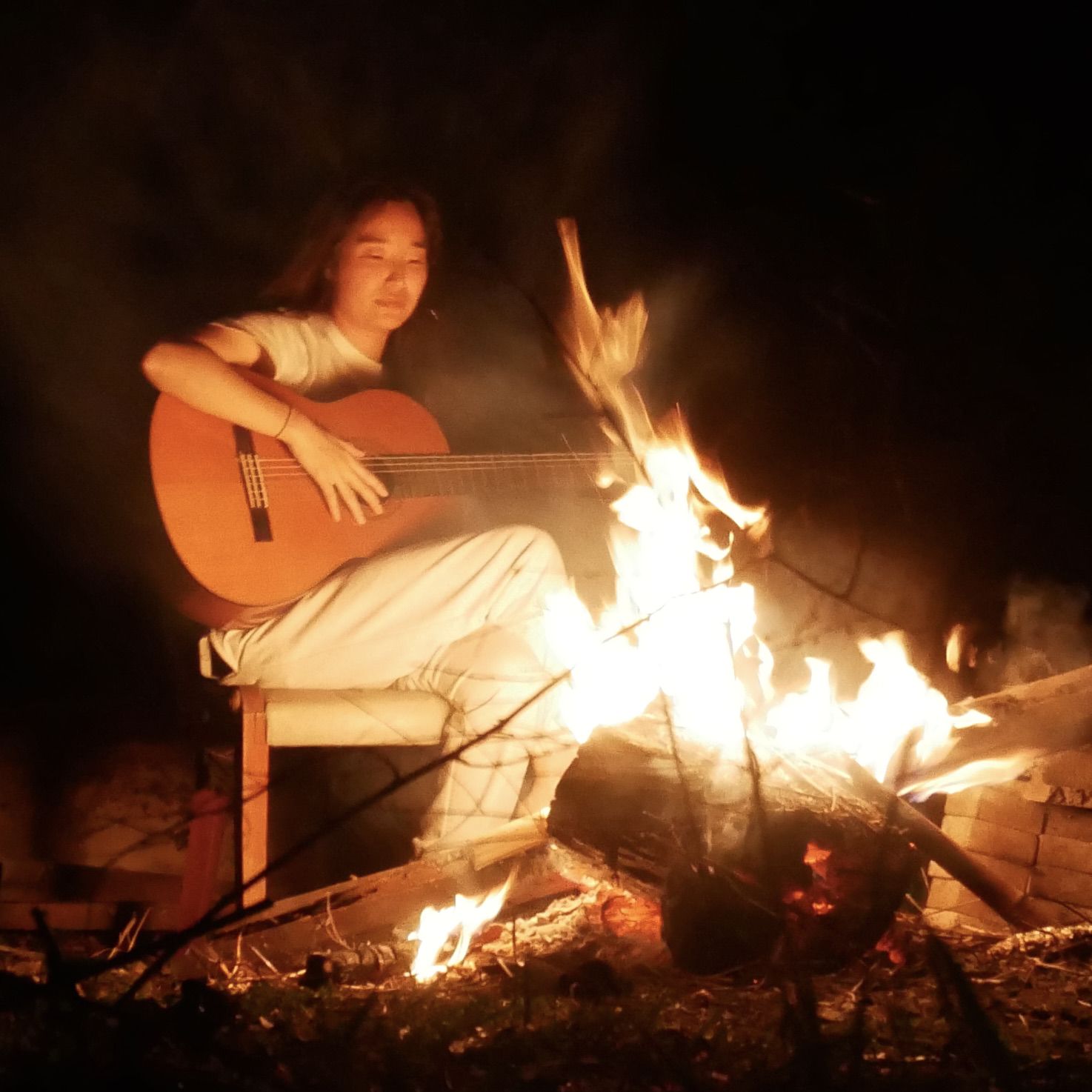
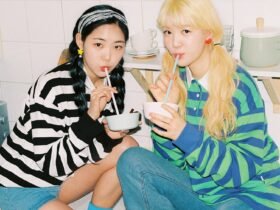
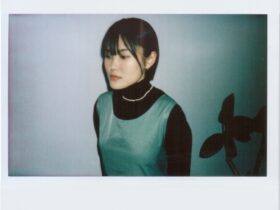

Leave a Reply